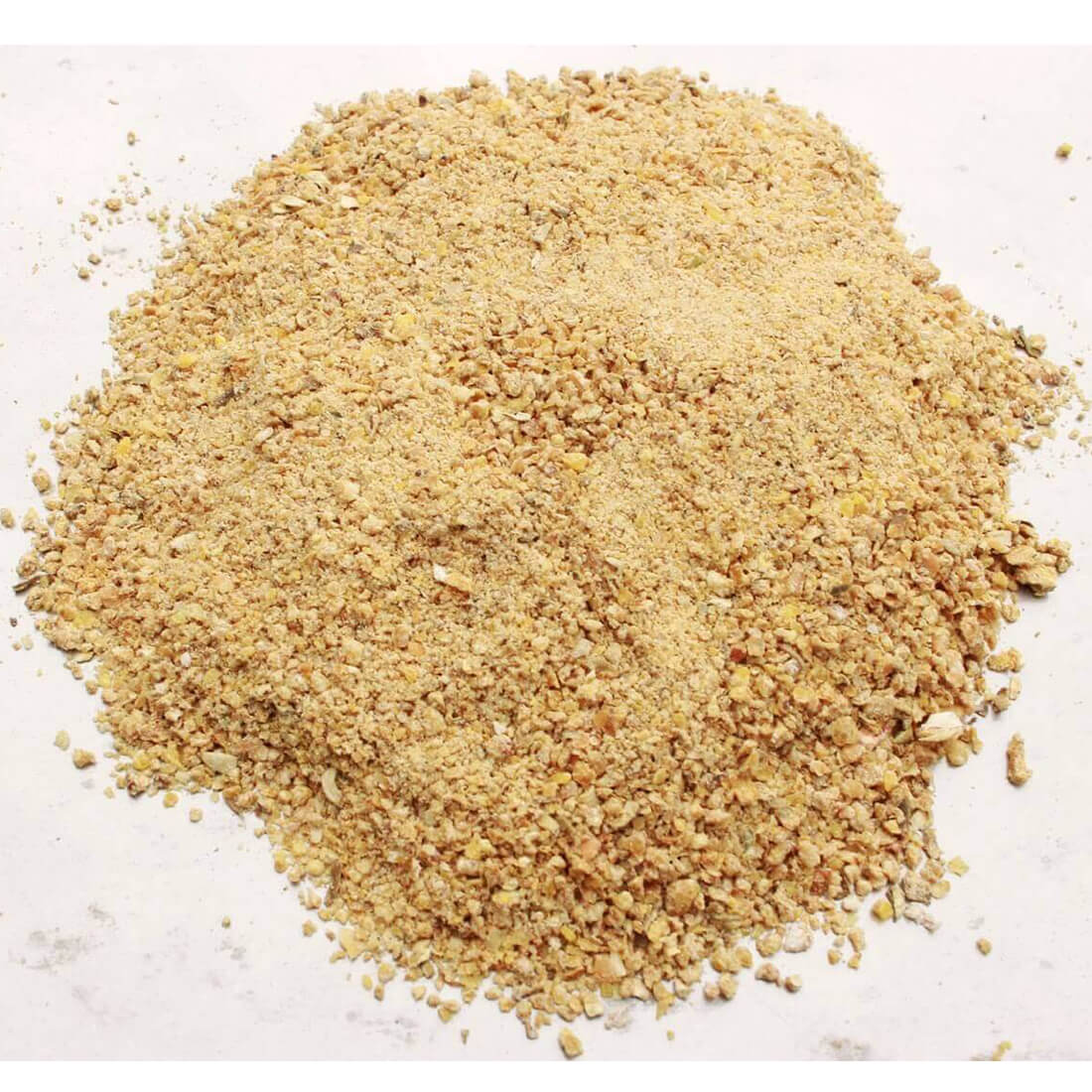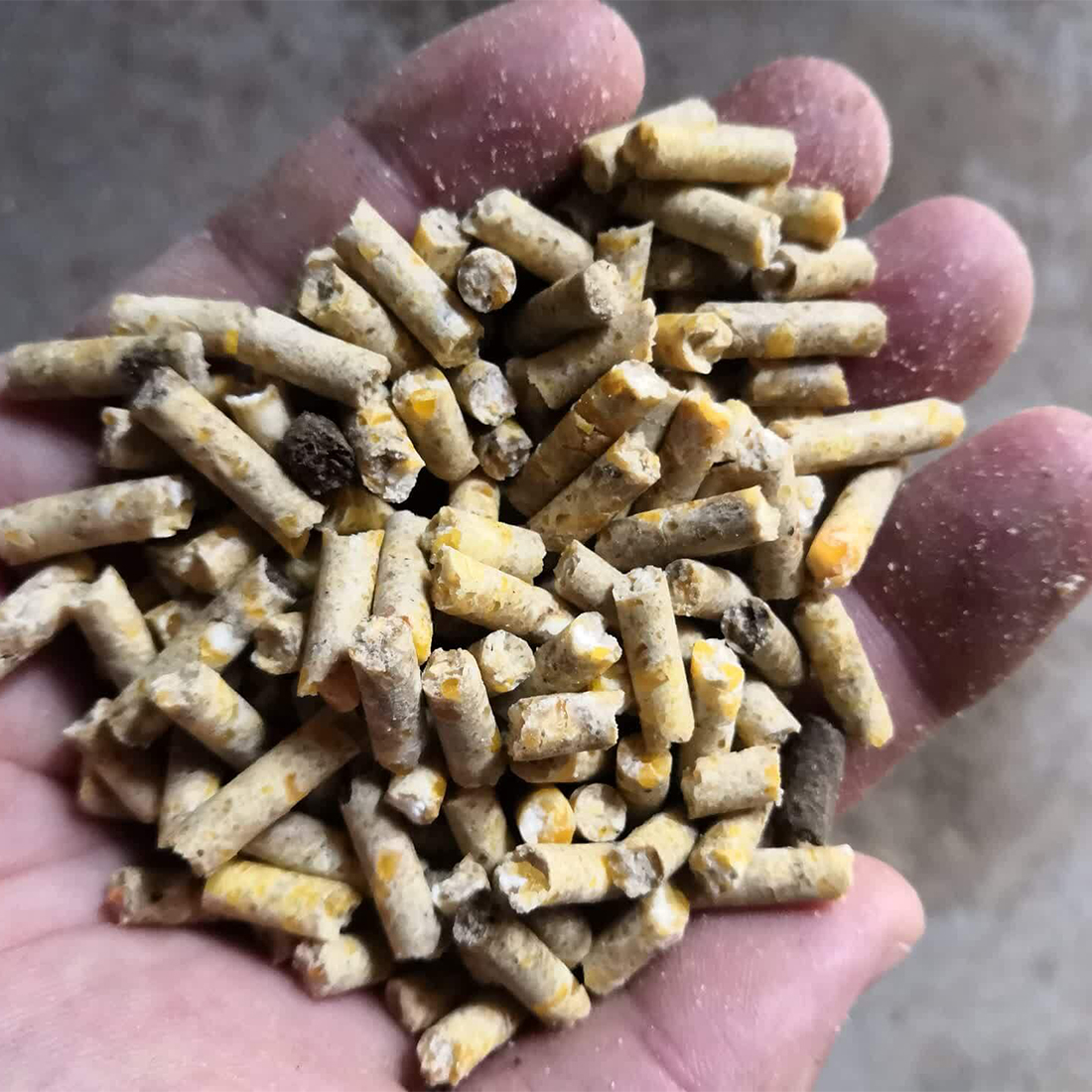pellet feed VS mash feed, which is better?
Pellet feed vs mash feed, which is better for poultry and animals? Feed types include pellet feed, mash feed and silage feed, which are commonly used in poultry farming? and what is the difference between mash and pellet feed? in this article, we introduce in details about mash feed and pellet feed.
what is mash feed?
It’s made from crushed grains and mixed with protein powders and supplements. The protein powder in the mash is a fine, almost powdery mixture. Mash is designed to be a complete feed with appropriate levels of protein, vitamins and minerals. Chicken mash feed is often used for young chickens (eg chick starter) because it is smaller and easier to eat and digest.
Mash feed allows for more uniform growth, less mortality losses and more economy. Mash feed is usually used for chicks because it is easy to digest, but it is not uncommon for puree to be fed to fully mature chickens. Some chicken ladies or lads mix the mash with hot water for a porridge-like texture your flock will love.
Mashed feed is a loose, unprocessed chicken feed that is usually fed to chicks because it is easily digested. However, the mashed chicken feed variety is suitable for chickens of any age. Mashed potatoes can also be mixed with hot water to create the porridge-like texture that many chickens love.

Disadvantages of mash feed
1.Mash is harder to clear the ground and then attracts pests like rats and mice. It is less fluid in a gravity feeder and is more likely to get clogged with moisture
2. If the particles in the mash are of different sizes, it may lead to an unbalanced diet. Chickens tend to pick larger pieces (such as shredded grains) and scrape the finer grains aside. This means the chickens may not be getting enough vitamin and mineral meal
The advantages of mash feed
1.Generally, mashed potatoes are a good source of fiber, many of which contain “super fibers” such as soybean hulls or beet pulp, which are easily digested and help support hindgut health
2.By feeding mashed feed, it can also help increase fluid intake, which is very useful in summer and winter as horses generally tend to drink less water. Feeding them at home or at races can be very useful to help ensure that the horse stays hydrated, especially for those who don’t like to go out drinking
3.One of the main benefits of feeding mash is that they are easier to chew and digest, for older horses as well as horses with dental problems such as interdental spaces.
What is pellet feed?
Pellets are made from mash, which is then heated and compressed into hard, dense pellets. Chicken feed pellets are designed to be complete feeds with appropriate levels of protein, vitamins and minerals. Since the pellets are larger and more difficult to digest, they are usually used in adult hens rather than young chicks or pellets

Disadvantages of pellet feed
1.Reduce eating time and create more boredom
2.Reduce the amount of fiber the horse receives
3.Increased feed cost due to pelleting process
4.Poor quality feed ingredients may be hidden in pellets
5.The overheated granulation process may reduce the availability of amino acids such as lysine and may destroy some vitamins
6.People who are gluttons may be more prone to choking, colic or other digestive disorders
Advantages of pellet feed
1.Reduce dust
2.Reduce waste
3.Requires less storage space
4.Reduce the appearance of hay belly
5.Prevent horses from sorting feed
6.The heat generated during conditioning and pelleting makes the feed more digestible by breaking down the starch.
7.Increased the palatability of the feed.
8.Prevent separation of ingredients during mixing, handling or feeding. By feeding pellets, animals are more receptive to a fully mixed diet than animals separated by these processes.
9.Reduce waste during eating. When fed pellets, each animal gets a balanced diet by preventing animals from picking and choosing between ingredients.
10.Increase the bulk density and increase the storage capacity of most bulk facilities. Transportation facilities have also increased, thereby reducing transportation costs.
11.Particles reduce natural losses because it reduces dust formation.
12.Reduce the time and energy consumption of grabbing food.
Pellet feed vs Mash feed? which is better?
So pellet feed vs mash feed which is better for poultry, you should decide based on your poultry and animals and the popularity of what farmers use.
The table below is based on a survey of 603 people to show the choosing rate on mash feed and pellet feed.

